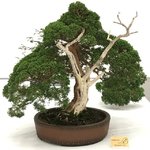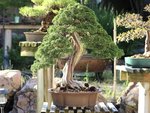So I know a lot if not most of the older Kishu you find in the states and most places outside of Japan are grafted. The ones in the US being grafted to San Jose and Prostrada. But what is the reasoning for that? Is that just how most of them got brought into the US? Is it because of how recently they have been brought to the US?
And why is it a thing more so with Kishu than Itoigawa?
thanks!
And why is it a thing more so with Kishu than Itoigawa?
thanks!




